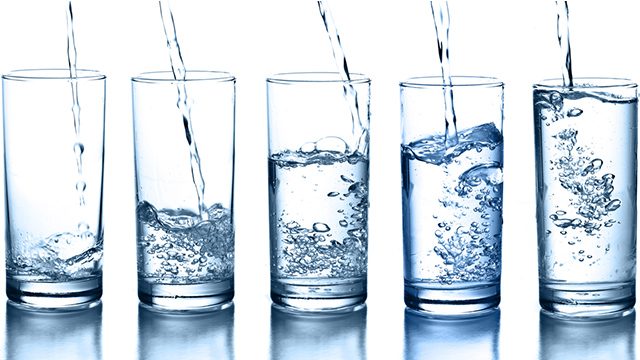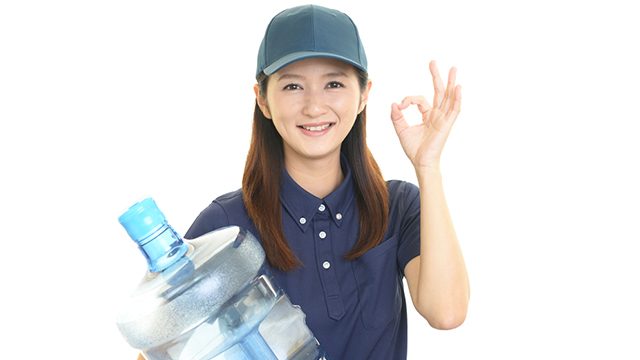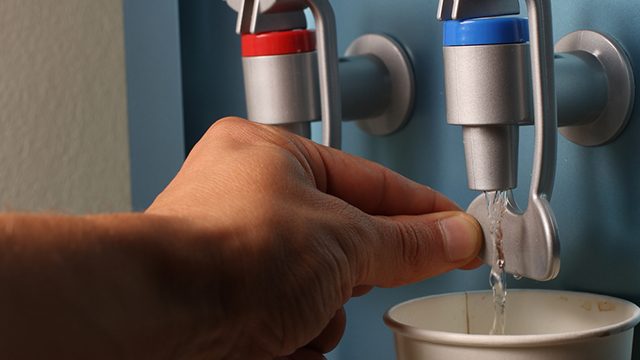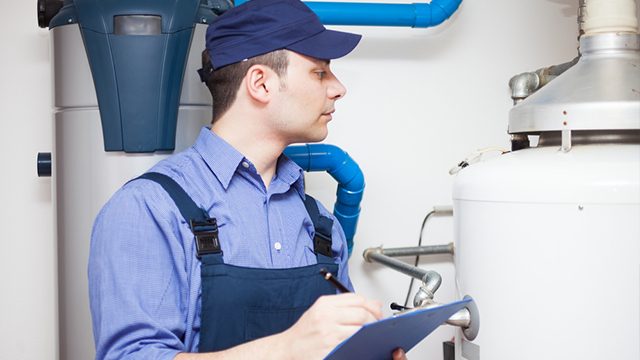SUMMARY
This is AI generated summarization, which may have errors. For context, always refer to the full article.

MANILA, Philippines – Buying drinking water from refilling stations has become the most common way of obtaining clean and safe drinking water. There are now more than 20,000 water refilling stations in the country, where up to 40% of households nationwide and 60% of Metro Manila residents buy drinking water.
Proactivity is encouraged for consumers to get the cleanest drinking water possible. As a research study from the Pediatric Infectious Disease Society of the Philippines puts it, “Characteristics of the [water refilling] stations such as the disinfection method, frequency of monitoring, personnel hygiene, attire and practices all affect the safety and potability of the product water.”
Keeping tabs on the operation and the staff
Dr. Victorio Molina, an associate professor at the University of the Philippines (UP) Manila College of Public Health, identifies proper operation and adequate education of handlers as key factors in the water treatment process.
Trained personnel should ensure that the filters used in the water tanks of water refilling stations are regularly changed.
“The filters don’t last forever,” he explains. “You have to change the filter from time to time, so that’s a very important factor. And then the proper cleaning, the proper handling and of course compliance to the requirements of the DOH in terms of training [is also an important factor].”
The stringent standards

Water refilling stations are required by law to adhere to the Department of Health (DOH) Implementing Rules and Regulations of the Sanitation Code of the Philippines, stipulated in Presidential Decree 856.
Chapter 2 on water supply, as outlined in the DOH regulations, requires that all water refilling stations must be located at least 25 meters away from any direct source of pollution, and not in an area subject to flooding. Proprietors are required to have water samples tested by a DOH-accredited laboratory to comply with the Philippine National Standards for Drinking Water (PNSDW).
In addition, the DOH has specific rules on how refilling stations should prepare, refill, handle, store and deliver water. Water containers must be properly sanitized before filling them with purified water, using DOH-approved sanitizing solution to disinfect the container from germs. Washing the container with merely water and soap is insufficient.
The DOH also demands all personnel to wear protective gear such as gloves, face masks, hair nets, and scrub suits to prevent purified water from coming into contact with any part of the body.
Refilled water for delivery is then transferred into sanitized transports that ensure water is maintained at room temperature (25C-28C). Delivery vehicles that leave the containers exposed to dust, pollution, heat and direct sunlight are not acceptable.
Making the grade

Before the water refilling station is issued a sanitary permit, it needs to obtain a satisfactory rating from the City Health Office. It needs to score 50 out of 100 points in a 20-item checklist of DOH standards. It is curious to note that violations such as testing positive for bacteria in the output water or failure to properly sanitize the water containers only merit a 5-point deduction.
Dr. Molina believes in a “100% grade or fail” approach in enforcing the DOH standards because as he describes it, any misstep along the way can result in contamination.
“I see it as all or nothing. Either you perform everything properly or you get a zero point because it’s possible that you perform well at the start of the process. And then at the end, if you don’t wash the bottles properly, for example, it nullifies all the good that you did at the start.”
The city’s responsibility

While it is the responsibility of the DOH to spell out the safety and hygiene standards that water refilling stations must adhere to, it is the local government units (LGUs), particularly the City Health Office, that must ensure compliance.
The City Health Office is tasked to conduct annual sanitary inspections for all water refilling stations before issuing a sanitary permit. No person or entity is allowed to operate a water refilling station without a sanitary permit reflecting a satisfactory rating.
Dr. Molina cites that inadequate training of inspectors can stem from several factors, including an apparent lack of will on the part of LGUs.
“Right now at UP Manila we have a six month training course for inspectors.” He describes “But to illustrate the situation right now, I’ll give you an example: The DOH contracted the UP College of Public Health. We have about 32 slots allocated for training 32 trainees from all over the country. But unfortunately, only about 15 or 16 showed up.”
“It’s a wasted opportunity because my concern is that the LGUs have the final say. If they say they don’t want to attend, even if it’s free, then they won’t attend. So it should really be an effort from both [the LGUs and the DOH].”
In terms of manpower, Dr. Molina points out that ideally there should be a ratio of 1 LGU inspector for every 20,000 residents. Though he points out that these inspectors can often be stretched thin.
“Actually, the duty of a sanitary inspector is not on water refilling stations. Their responsibility is food safety. That includes water, food, waste and garbage. So they actually have a lot on their plate.”
Taking back control

Consumers have the right to demand monthly lab results and sanitary permits from refilling stations. The best establishments should have a track record of consistently achieving 100% compliance with DOH standards.
Alternatively, there are also in-home water purifiers, which have the advantage of eliminating the need for manual handling and transport of the water. In fact, the World Health Organization (WHO) and the United Nations Children’s Fund (UNICEF) have endorsed household treatment of water through point-of-use purifiers as an effective strategy to avoid water-borne diseases.
Dr. Molina also encourages citizens to be vigilant about what they’re drinking.
“[People should] see to it that they get the proper information. And then the consumer should report officially any problem that they experience. By just looking at the water, you’ll never know if there is a problem until it already happens.” – Rappler.com
Sources:
Kantar Worldpanel, In-Home Packaged Water Report, 2013
Baytel Associates, Philippine Market for Home Water Treatment Products and Services, 2014
UNICEF, Promotion of Household Water Treatment and Safe Storage in UNICEF Wash Programmes, 2008
Daniele S. Lantagne et al., Household Water Treatment and Safe Storage Options in Developing Countries: A Review of Current Implementation Practices
Bacteriological Analysis of Randomly Selected Refilling Stations in the City of Manila. PIDSP Journal, 2005 Vol. 9 No. 1
http://www.webmd.com/diet/6-reasons-to-drink-water?page=1
http://www.jpma.org.pk/full_article_text.php?article_id=1348
http://www.doh.gov.ph/sites/default/files/code_on_sanitation_phils.pdf
http://www.wpro.who.int/philippines/mediacentre/features/who_supports_doh_fight_cholera/en/
All photos from Shutterstock
Add a comment
How does this make you feel?

There are no comments yet. Add your comment to start the conversation.